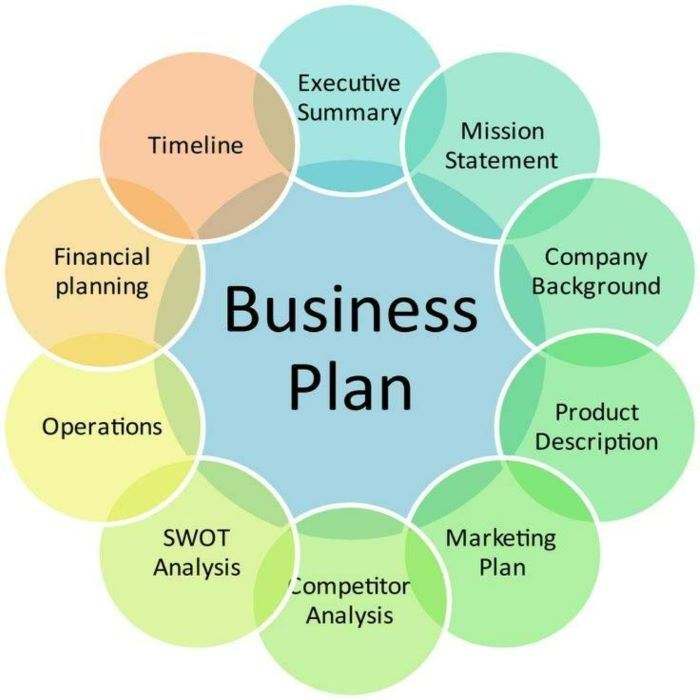Chapter Two: The Business Plan
Your business plan should cover the business basics from goals to management, from marketing to operations. A business plan is a blueprint for success, so do not economize on the details. A good business plan covers the following areas:
Executive Summary
- Describe in detail the business and its goals.
- Identify the business ownership and the legal structure.
- Discuss skills and experience you and your partners bring to the business.
- Identify advantages you and your business have over your competitors.
Operations
- Explain how the business will be managed on a day-to-day basis.
- Discuss hiring and personnel procedures.
- Discuss insurance, lease or rent agreements, and issues pertinent to your business.
- Account for the equipment necessary to produce your products and delivery of products and services.
Marketing
- Describe your product or service.
- Identify the customer demand for your product or service.
- Identify the market, including its size, location and demographics.
- Explain how your product or services will be advertised and marketed.
- Explain your pricing strategy.
SWOT Analysis
S.W.O.T is an acronym that stands for Strengths, Weaknesses, Opportunities, and Threats. A SWOT analysis is an organized list of your business’ greatest strengths, weaknesses, opportunities, and threats.
Strengths and weaknesses are internal to the company (examples are reputation, patents, location). You can change them over time with many efforts. Opportunities and threats are external (examples are suppliers, competitors, prices)—they are visible in the market and are inevitable.
Financial Management
- Explain the source and amount of initial equity capital.
- Estimate start-up costs.
- Project operating expenses.
- Develop a monthly operating budget for the first year.
- Develop an expected return on investment and monthly cash flow for the first year.
- Provide projected income statements and balance sheets for a two-year period.
- Discuss your break-even point.
- Explain your personal balance sheet and method of compensation.
- Discuss who will maintain your accounting records and how the records will be kept.
- Provide “what if” statements that address alternative approaches to problems that may develop.
Legal Requirements
Small businesses must comply with federal, state, and local laws and regulations. You need to know the legal requirements affecting your business. Be sure to check with your state department of labor and county government. You may want to consult with an attorney for additional compliance assistance.
Registration and Accounting Requirements
You may need a –
- work certificate or a license from the state (your business name may also need to be registered with the state),
- sales tax number, and
- Separate business bank account.
Types of business formations include:
- Sole proprietorship
- Partnership
- Corporation
- Limited Liability Company (LLC)
If your business has employees, you are responsible for –
- withholding income and social security taxes, and
- complying with laws covering employee health, safety and minimum wage.
Many business websites can help you identify and comply with federal regulations and link you to the Internal Revenue Service (IRS), the Social Security Administration, and numerous other federal agencies. You may also obtain federal tax information by visiting https://www.irs.gov/ or call 1-800-829-4933.
A home-based business is subject to many of the same laws and regulations affecting other businesses and some additional ones.
Zoning
Be aware of your city’s zoning regulations. If your business operates in violation, you could be fined or shut down.
Restrictions on Certain Goods
Most states outlaw home production of fireworks, drugs, poisons, explosives, sanitary or medical products, and toys. Some states also prohibit home-based businesses from making food, drinks or clothing.









